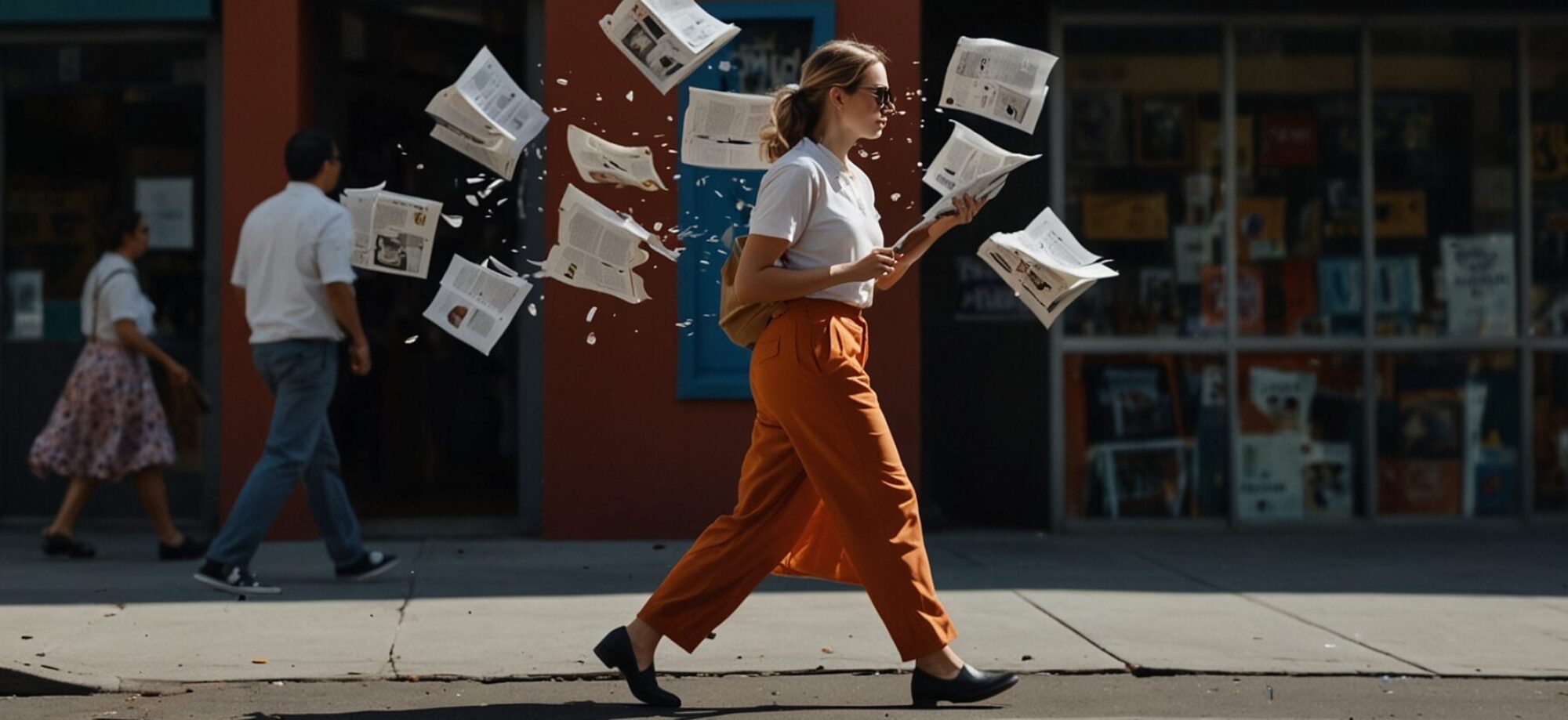As I go describing, over the course of days, the different topics that I consider should be pointed out and explained to better understand this integral system, and that anyone who I am interested in this, I will allow myself to expose in the fields of reading, writing and drawing, my own experiences that I have had over the years with this method, as well as the new experiences that I have been having since I started the communication blog.
Traducido al Español
In the activity of reading I will offer some global and other specific comments on those authors who have been magnificent, as well as those books, also extraordinary, that have accompanied me eventually in my walks. About the field of writing, I will have to point out some texts that I consider relevant in the articles that I write in this Blog, as well as some poems that have emerged during those walks. Finally, I will expose some drawings, images and sketches that have served me later to turn them into paintings or sculptures, works that I will also show. Many of these works, plastic, literary and poetry, have emerged during these walks; but do not be scared, about literary and poetry I will only transcribe fragments; however, if someone wanted to have more information about a certain work, I will be happy to communicate it immediately.



